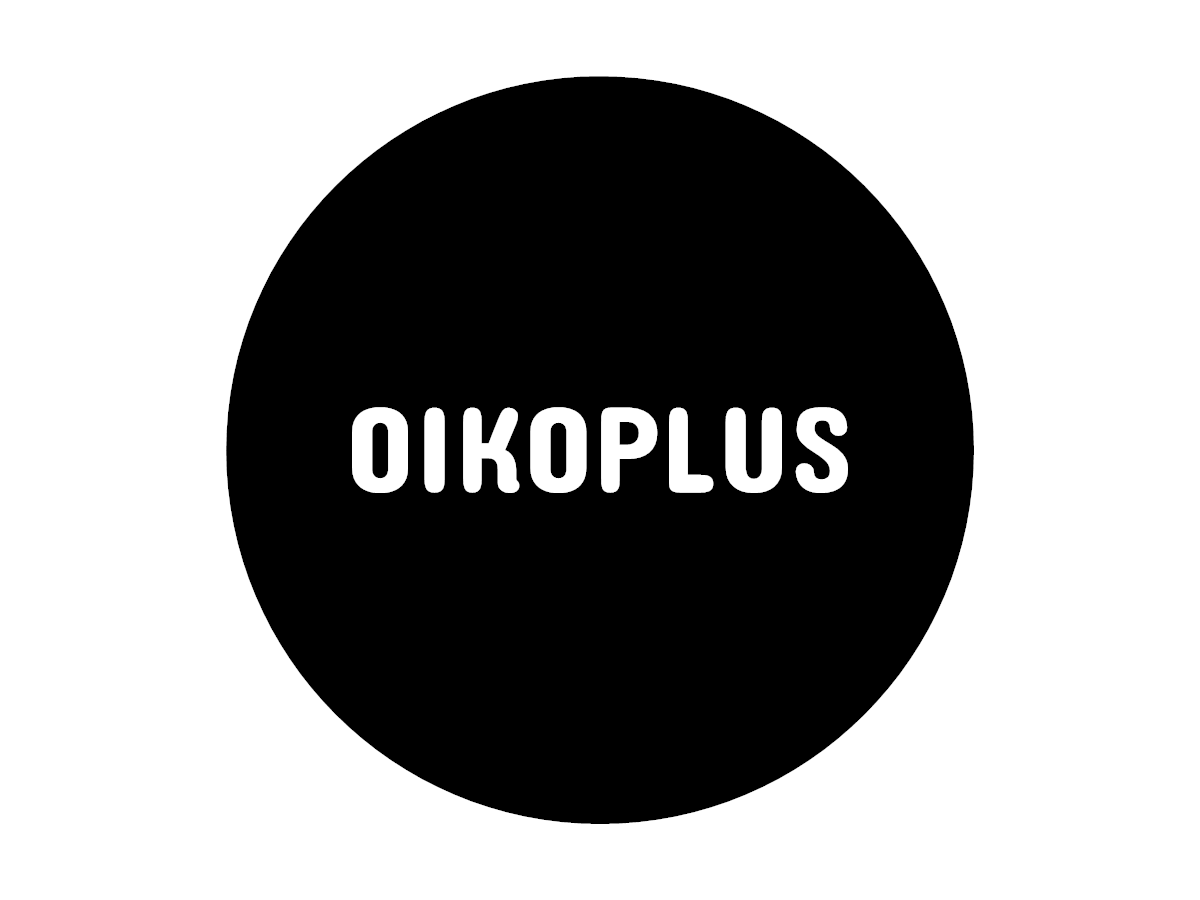Storytelling is considered an effective communication method because it engages narratives, which our brains are specifically wired to understand. Similarly in science communication, storytelling translates complex concepts into accessible and comprehensible ideas. What happens, however, in situations of intense difficulties or emergency, which cause hardships, anxiety and distress? These crisis situations draw us more towards facts that ensure security rather that anecdotes that evoke empathy. This reading list focuses on answering that question by analysing how storytelling can still be an effective strategy to bring relevant information to the general public through looking at crisis situations.
The Basics
According to Powell and Mantel, researchers writing for an online magazine ‘The Conversation’, storytelling, which is the description of ideas through narratives that evoke powerful emotions, is a powerful way to share ideas in a relatable and easily understood way. Today stories can be created in many ways also digitally through photos, videos or audio clips. Storytelling is effective because, according to Forbes, it explains factual information in a way that resonates with audiences. If a narrative resonates with you, it affects the way you remember, retain and use the information at hand.
Crisis situations
Crisis situations are, however, different. That is because these are stress inducing situations, where our brain becomes more neurotic, hurried, irrational, all of which affect our decision making and attention. Generally in this type of circumstance, it would be logical to say that in stressful situations we are more drawn to quickly accessible and short informative snippets of news rather than extensive narratives. However, is that truly so?

According to neuroscientists Heim and Keil, today, due to the abundance of digital devices, people are forced to process information at a higher speed. Despite that, however, research has shown that our brains are built to adjust to the changing world. In fact our brain learn to focus on events, experiences or information, which are really important or meaningful to us. Our brain learns to pick out a few things that we see or hear and examine them more closely to make sense of them. These ‘few things’ will,most likely, be embedded in a story or a narrative. There are a few reasons for that. Firstly, as mentioned before, our brains are wired to be drawn to relatable narratives. Secondly, however, according to Rachel Bartlett, a writer at Shorthand online blog, crisis situation often includes an overwhelming amount of intricate details and storytelling, especially visual storytelling, makes this volumes of data easier to digest and process.
From story to action
In addition to easing our understanding of complex concepts, storytelling, as stated by Seeger and Sellnow in their book ‘Narratives of Crisis’, allows us to place current crisis circumstances in a larger context or meaning and thus in a wider perspective. This leads to improved critical thinking and situational assessment causing deeper rooted responses, which can result in long-term social changes. Supporting this claim is Emily Falk, professor of communication, psychology and marketing, for Los Angeles Times, who states that although storytelling alone cannot produce social transformation, it is a method of effective communication, which triggers an active response. Narratives give us a new way of seeing the world and motivate us to learn, make, react and care. Good stories share knowledge in a way that stimulates action for example it can influence policy, stimulate community action, give voices to the marginalized or motivate a well organised movement.
Due to its abundance of formats and styles, storytelling is an effective method of communication in many different situations. This means that even in crisis situations, where our brains, due to hormonal responses, are in a much more agitated state, stories can still transmit important information, facts and figures. More so, instead of bombarding us with news, storytelling engages our senses and leads to a more active and critical response, which has the potential to bring social change.


